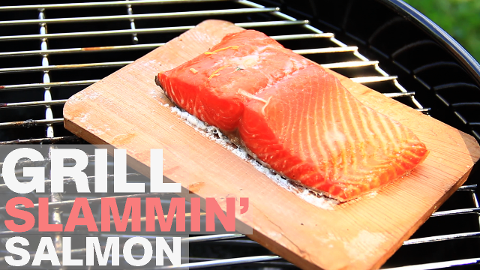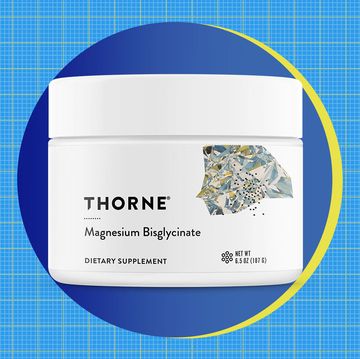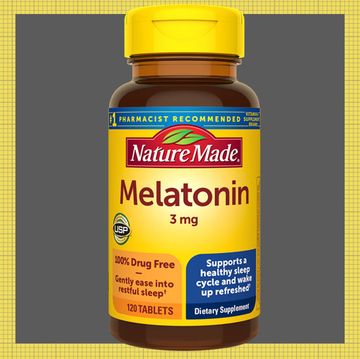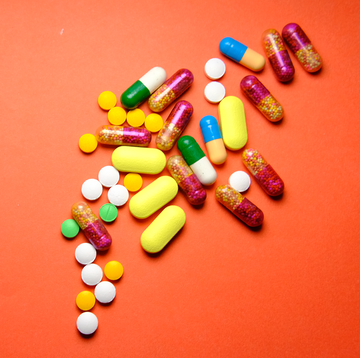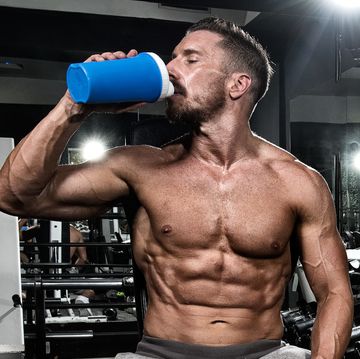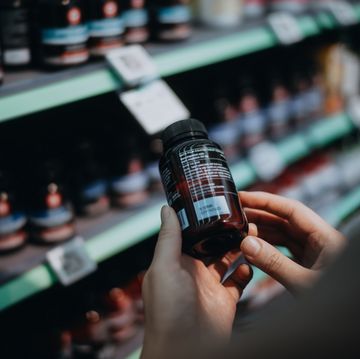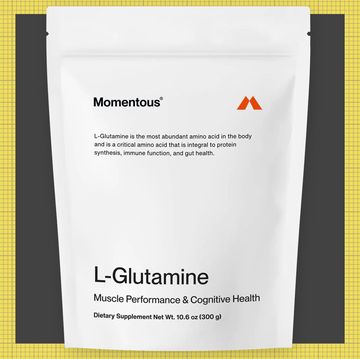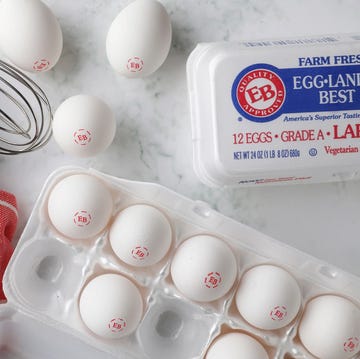Hopefully this isn’t the first time you’re hearing that those omega-3 fatty acids found in your favorite fish dishes are essential in your diet. They’ve been shown to boost brain function, fight inflammation, and may even wipe away your wrinkles.
And they are called “heart-healthy” for a reason. A 2013 study from the Harvard School of Public Health showed that adults with higher blood levels of omega-3 fatty acids lowered their mortality risk from man’s No. 1 killer—heart disease—by about 35 percent. (A previous Harvard review even touted that low omega-3 intake could be responsible for up to 96,000 deaths every single year.)
Here’s your quick primer on omega-3s. There are three key versions—EPA, DHA, and ALA. Your body cannot create these fats, and must obtain them from your diet. You should get a majority of your omega-3s from EPA and DHA, which you can easily acquire from cold-water fish. (The American Heart Association advises you eat two 3.5 oz servings of fish like wild salmon, sardines, or albacore tuna each week to hit your allotment.) Most ALA, however, comes from plant sources, and your body has trouble converting that to anything beneficial unless you eat a bit more. This isn’t a huge problem if you pick the right foods, though.
While your scaly sea friends and fish oil supplements often steal the show, try these other smart sources to up your amount of omega-3s:
Algae Omega
Made from microalgae, algae omega is a plant based source of both DHA and EPA for those of you who want an alternative to fish oil supplements. In fact, you’re going right to the source because microalgae is where fish get their fatty acids from themselves. I like Nordic Naturals Algae Omega—as an educator for the company, I know first hand about their quality.
Hemp Seeds
A great source of protein with all the essential amino acids you want, hemp seeds also pack a nice dose of omega-3s—as ALA—and the healthy form of omega-6, GLA. It’s been shown that GLA can also help your body fight inflammation, and hemp is one of the few common food sources of GLA that has a variety of uses in your diet. I like Navitas Naturals hemp seeds, which are great sprinkled in cottage cheese, Greek yogurt, or mixed in with oatmeal.
Kale
Green leafy veggies may surprise you as a source of omega-3 fats. While the primary omega-3 fat is ALA, kale also packs so many other nutrients in as well—like fiber, folate, and a whole bevy of antioxidants. I like Earthbound Farms Organic baby kale since it’s very tender, is packaged conveniently as a ready to eat blend, and can mix well in salads, omelets, and even smoothies.
Walnuts
As the nut with the highest omega-3 content, this certainly made the list. They are actually richer in heart-healthy omega-3s than wild salmon—even with it being in ALA form, a 1-ounce serving has over 2,500 mg of omega-3s. Plus, walnuts are packaged with so many other powerful nutrients like fiber, protein, and magnesium that they are had to overlook. These are great plain for a mid-afternoon pick me up, sliced as a topper on oatmeal, or even mixed into a smoothie like in this banana berry smoothie recipe.
Sports nutritionist Christopher Mohr, Ph.D., is a registered dietitian and nutrition consultant. Through his company Mohr Results, Inc., he helps all types of individuals and athletes achieve their diet and nutrition goals.
RELATED VIDEO:

